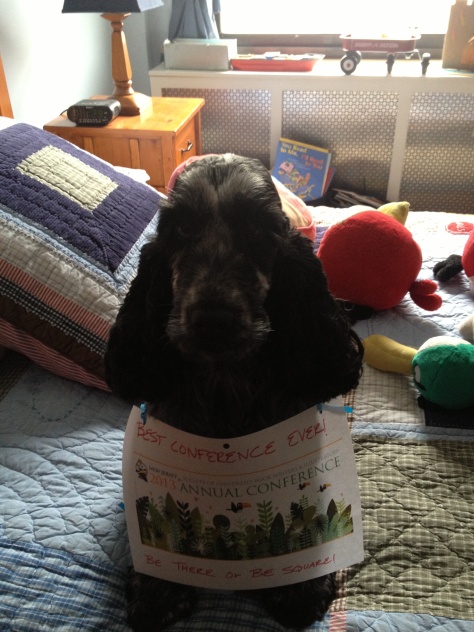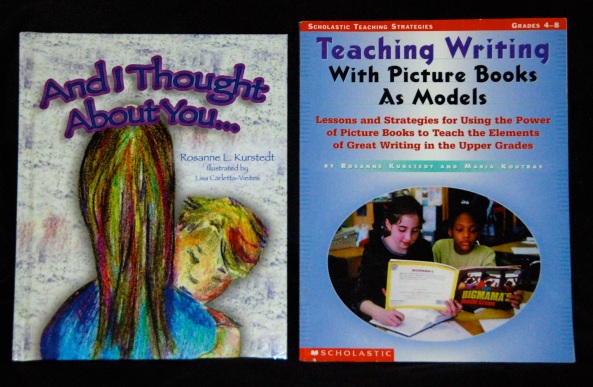
My six-year-old son is currently in the doghouse for not listening, among other infractions. So all use of electronic devices, including the holy iPad, has been suspended until further notice.
Of course when issuing the sentence, I didn’t give much thought to timing, as we got in the car for a three-hour ride to Long Island last night.
At the beginning of the journey, there were tears, complaints, and lots of talk about legal action and the good ole: “You are the worst parents ever” banter that after the first hundred times gets stale and all you can think to say is: “I think you need new material.”
But after this wondrous first leg of the journey, I realized that there was a certain beauty in not having the iPad around.
My husband is the king of making up silly games, and we named every animal we knew, then every animal in an electronic game, and then we made paper airplanes, and played tic-tac-toe. When the entertainment was beginning to thin, I did something I never did. I asked my son if he wanted to listen to a picture book I was working on. After all, he was within my reading demographic. So, he listened.
“What do you think? I asked.
“I don’t like it.” He shot back.
“Why not?”
“Because.”
“Ok.”
And then silence. But a few minutes later, there were questions from the peanut gallery.
“I don’t get the ending. Why does Jimmy want a broken toy? No kid wants a broken toy.”
And silence again. Until he shot back with: “You need to fix the ending.”
And that was that.
With all the questions, it made me realize that perhaps the ending was not working so well as I had thought.
When I first started writing I had a writing teacher who didn’t see the value in reading your work to kids before the final product was done. And I always wondered, why not? After all, aren’t they the intended audience? Wouldn’t you want to hear their thoughts? I found it really refreshing to get my son’s opinions. I love that he was a critical listener (not to mention has the occasional ability to listen, but that’s a whole other story!) and had different ideas about where the story should end up.
I never thought I would say this, but I’m looking forward to the car ride back. And I wonder what he’ll think of this other story I’ve been working on. If he’s willing to give a listen!
p.s. If anyone has cool names for a robot, please send them my way!





